Dental Arts Of Cherry Hills | Stem Cell Dentistry
Key Highlights
- Discover the transformative potential of stem cell dentistry at Dental Arts Of Cherry Hills.
- Explore how stem cell therapy can regenerate damaged tissues, offering innovative solutions for various dental concerns.
- Understand the science behind stem cells and their remarkable ability to promote oral health.
- Learn about the cutting-edge procedures offered, advancements in research, and potential benefits of stem cell dentistry.
- Gain insights into the process, safety considerations, and what to expect during stem cell dental treatment at Dental Arts Of Cherry Hills.
Introduction
Stem cell therapy is a revolutionary advancement in regenerative medicine revolutionizing dental care. This innovative approach is transforming traditional dental treatments by harnessing the unique capabilities of stem cells to repair damaged tissues and enhance oral health. At Dental Arts Of Cherry Hills, we specialize in utilizing stem cell dentistry to provide cutting-edge solutions for our patients.
The science behind stem cell therapy lies in the remarkable potential of stem cells to differentiate into various types of cells, promoting tissue regeneration and healing within the oral cavity. This technique offers a promising alternative for treating dental issues such as gum disease, tooth loss, and tissue damage.
One of the key benefits of stem cell dentistry is its ability to stimulate natural healing processes within the body, leading to improved outcomes and long-term oral health. By leveraging the regenerative properties of stem cells, patients can experience faster recovery times, reduced inflammation, and enhanced tissue regeneration compared to traditional dental procedures.
At Dental Arts Of Cherry Hills, we are at the forefront of integrating stem cell technology into our dental practice to provide our patients with personalized and effective treatment options. Our commitment to staying abreast of cutting-edge advancements in regenerative medicine ensures that we deliver superior care and transformative results in oral healthcare.
Understanding Stem Cell Dentistry
Stem cell dentistry represents a groundbreaking advancement in oral health, harnessing the body's innate healing capabilities to address various dental conditions and ailments. This innovative approach distinguishes itself from traditional dental treatment methods, offering a promising avenue for tissue regeneration and enhanced outcomes for patients. By leveraging the potential of stem cells, dental practitioners can amplify the body's natural healing processes, ushering in a new era of dental care characterized by rejuvenation and restoration.
The primary objective of stem cell dentistry is to utilize these specialized cells to repair and regenerate damaged tissues within the oral cavity. Stem cells uniquely differentiate into diverse cell types, making them invaluable assets in restoring optimal oral health. This transformative technique holds immense potential for addressing many dental issues, from repairing damaged tooth structures to regenerating gum tissues and bone.
Furthermore, stem cell therapy in dentistry opens up avenues for personalized treatments tailored to individual patients' needs. By harnessing the regenerative properties of stem cells, dental professionals can offer targeted solutions that promote long-term oral health and functional restoration. This approach holds promise for improving treatment outcomes and paves the way for advancements in preventive care and holistic oral healthcare practices.
The Concept of Stem Cell Dentistry
Stem cells play a crucial role in regenerative medicine by serving as versatile cells capable of transforming into specialized cell types. Applying stem cells in repairing and regenerating damaged tissues offers promising prospects for individuals suffering from various diseases and injuries.
The field of tissue engineering collaborates closely with stem cell research to advance the creation of functional tissues in laboratory settings, utilizing stem cells as the foundational element. This innovative approach holds the potential to address organ shortages and pave the way for personalized treatment solutions tailored to individual patients.
A groundbreaking integration of stem cell research and tissue engineering is observed in dentistry through stem cell dentistry. This cutting-edge discipline harnesses the power of stem cells and tissue engineering techniques to revolutionize dental care practices. By leveraging these advanced technologies, dental professionals can potentially regenerate dental tissues such as dentin, enamel, periodontal ligaments, and even entire teeth. This breakthrough opens up new avenues for innovative and effective dental treatments that were previously unimaginable.
The Evolution of Stem Cell Research in Dentistry
Stem cell dentistry has emerged as a rapidly evolving field, garnering substantial attention in recent years due to continuous research endeavors and groundbreaking discoveries. Initially, researchers concentrated on identifying and isolating various types of dental stem cells, including pulp stem cells, periodontal ligament stem cells, and stem cells sourced from deciduous teeth.
These foundational studies have paved the way for exploring the potential applications of these cells in dental therapies. Scientists have delved into leveraging stem cells to facilitate dentin regeneration - the sturdy material located inside teeth - as well as rejuvenating the periodontal tissues vital for tooth support. There have even been investigations into the feasibility of cultivating entirely new teeth utilizing stem cell technology.
As our comprehension of stem cell biology deepens and we unravel more about how these cells interact with adjacent tissues, the realm of innovative treatments continues to broaden. The future of stem cell dentistry holds considerable promise, potentially revolutionizing conventional approaches to dental care. This advancing field may herald a new era of personalized and regenerative treatments that could reshape oral healthcare practices for years.
Using stem cells in dentistry opens up possibilities for regenerating damaged or lost tooth structures, offering hope for patients with challenging dental conditions previously considered untreatable. Additionally, advancements in this field could lead to less invasive procedures, reduced healing times, and improved outcomes for individuals seeking various dental treatments. As research progresses and technology advances further, the transformative potential of stem cell dentistry is poised to make significant contributions to the future of dental healthcare.
The Science Behind Stem Cells in Dentistry
Stem cells play a crucial role in regenerative medicine due to their unique ability to differentiate into various types of cells. This remarkable characteristic facilitates tissue healing and regeneration, making stem cells invaluable in medicine. Stem cells can transform into bone, cartilage, fat, and even collagen-producing cells, offering a wide range of therapeutic applications.
In dentistry, stem cells have shown great promise in treating oral health issues such as tooth loss, gum disease, and jawbone problems. Dental stem cells can be harvested from different sources within the oral cavity, including dental pulp, periodontal ligaments, and extracted teeth. This accessibility to dental stem cells provides convenient options for regenerative treatments to restore damaged tissues and promote oral health.
The versatility of stem cells in generating different cell types makes them a valuable resource for addressing dental problems that were once challenging to treat effectively. By harnessing the regenerative potential of stem cells, dentistry is advancing toward innovative treatment modalities that offer new hope for patients with diverse oral health concerns.
Types of Stem Cells Used in Dental Treatments
Mesenchymal stem cells (MSCs) are adult stem cells that have garnered significant attention in dental research due to their ability to differentiate into various cell types and modulate the immune system. These versatile cells are present in different body parts, including bone marrow, adipose tissue, and dental pulp.
Dental pulp stem cells (DPSCs), a specialized type of MSC, are particularly interested in dentistry. DPSCs are promising for dental procedures as they can be easily obtained from extracted teeth. These cells can differentiate into odontoblasts responsible for dentin formation and other essential cell types crucial for tooth regeneration.
While much of the focus in stem cell research within dentistry has been on regenerating oral tissues, there is a growing interest in utilizing these cells to treat systemic diseases. MSCs, such as DPSCs, secrete various bioactive molecules that can modulate immune responses, reduce inflammation, and promote tissue repair locally and in distant organs.
The potential applications of MSCs in dentistry extend beyond traditional oral care and hold promise for addressing broader health concerns by leveraging their immunomodulatory and regenerative properties. As research progresses, the therapeutic implications of these remarkable stem cells continue to expand across various medical fields.
How Stem Cells Promote Oral Health
Stem cells are crucial in maintaining oral health by aiding wound healing and tissue regeneration within the mouth. In response to injuries in oral tissues, stem cells migrate to the affected area, releasing growth factors and cytokines, which are special chemicals that stimulate nearby cells to grow and differentiate into new cells. This process is essential for repairing and replacing damaged tissues in the mouth.
Moreover, stem cells contribute to reducing inflammation by modulating the immune response. By influencing the immune system's activity, stem cells help alleviate swelling and accelerate healing. The anti-inflammatory properties of stem cells create an optimal tissue repair and regeneration environment.
Considering these functions, stem cell therapy holds promise for addressing various dental issues such as gum disease and pulp inflammation. By harnessing the regenerative capabilities of stem cells, innovative treatments can potentially revolutionize how oral health conditions are managed, offering effective solutions for patients with challenging dental problems.
Services Offered by Dental Arts Of Cherry Hills
Dental Arts of Cherry Hills is at the forefront of innovative stem cell dentistry, offering cutting-edge treatments harnessing the incredible potential of stem cells. Our dedicated dentists and dental professionals are committed to staying abreast of the latest advancements in this rapidly evolving field, ensuring that our patients receive top-quality care.
Understanding that each patient has unique needs, we take a personalized approach to treatment. Our customized treatment plans are tailored to address each individual's specific requirements and goals. Whether you seek to regenerate gum tissue, repair damaged teeth, or explore innovative solutions for dental issues, Dental Arts of Cherry Hills delivers exceptional and specialized care to meet your needs effectively.
In addition to providing advanced stem cell therapies, our clinic prioritizes patient comfort and satisfaction. We strive to create a welcoming and supportive environment where patients feel valued and cared for throughout their dental journey. Dental Arts of Cherry Hills ensures patients receive the best possible outcomes for their oral health needs with a focus on excellence in care and a commitment to ongoing education and training.
Regenerative Procedures Using Stem Cells
Regenerative dentistry is at the forefront of revolutionizing dental care by incorporating stem cells into treatment approaches. Stem cells have emerged as a key player in this field, offering innovative solutions to various dental issues. Scientists and dentists continually explore novel stem cell applications to enhance oral health outcomes.
One of the remarkable characteristics of stem cells is their ability to promote natural healing processes and facilitate tissue regeneration. By transforming into specialized cell types, stem cells can repair and replace damaged tissues within the oral cavity. This versatility holds promise for improving oral health and addressing a wide range of dental concerns.
In particular, stem cell therapy shows significant potential in treating periodontal disease, a prevalent condition affecting gum health and tooth support structures. Stem cells have demonstrated efficacy in regenerating ligaments and bones surrounding teeth, restoring stability, and enhancing oral health outcomes for individuals grappling with periodontal issues.
Integrating stem cell technology into regenerative dentistry offers new avenues for treatment and underscores the transformative impact of biotechnology on traditional dental practices. As research continues to advance in this field, the future of dentistry holds great promise for personalized and regenerative treatments that prioritize long-term oral health and well-being.
Innovative Treatments and Their Benefits
Clinical trials are underway to assess stem cell therapy's safety and effectiveness for various dental applications. These trials play a crucial role in uncovering these innovative treatments' potential long-term benefits and risks. A key focus of these studies lies in understanding the growth factors that stem cells release.
Growth factors play a pivotal role in promoting tissue healing and regeneration. Researchers are dedicated to isolating and harnessing these growth factors to explore novel approaches that can accelerate healing processes and enhance tissue regeneration outcomes. The ultimate goal is to leverage stem cells to provide patients with advanced and minimally invasive options for restoring oral health.
The advantages of incorporating stem cell technology into dentistry extend beyond symptom management; they address the underlying causes of dental issues. By stimulating tissue growth, stem cell therapies can enhance oral health and contribute to overall well-being by offering patients transformative treatment alternatives. This cutting-edge approach can revolutionize dental care by paving the way for more efficient and patient-centered solutions.
The Process of Stem Cell Therapy in Dentistry
The process of stem cell therapy in dentistry starts with a detailed check-up of the patient's oral health. This usually includes a complete dental exam, X-rays, and looking at the patient’s medical history. A custom treatment plan is made after the dentist decides that the patient can safely use stem cell therapy.
Next, the dentist collects stem cells. These can come from several sources. They can be taken from the patient's bone marrow, dental pulp, or fat tissue. Depending on where the stem cells come from and their type, they may be processed and grown in a lab to produce more cells before being sent to the area needing treatment.
Consultation and Customized Treatment Planning
At Dental Arts of Cherry Hills, we think great dental care starts with a personal touch. We focus on our patient consultations to learn about your unique concerns, goals, and medical history. During your consultation, our skilled dentists will check your oral health thoroughly. They will talk about your treatment options and can answer any questions you have.
We know that everyone has different needs and preferences. Our team is proud to create treatment plans that fit your concerns and goals. We will work together to design a plan that meets your needs and helps you reach the best oral health.
If you are considering stem cell dentistry or have questions about how this new method can help you, please make an appointment today. Our team is here to offer caring support and give you the information you need to make smart choices about your dental care.
The Procedure: What to Expect
Stem cell treatments in dentistry are usually easy for patients and don’t require much recovery time. The dentist may use local anesthesia or sedation for each procedure to keep you comfortable. Once you feel numb, the dentist gently puts the stem cells in. They can be injected or placed on a special support material.
Stem cells might be mixed with gel or membrane to help them reach the right spot and aid in tissue regeneration. After the treatment, most people feel a little discomfort, and they heal faster than with regular dental procedures.
Taking care of yourself after the treatment is important to ensure that stem cell therapy works well. Your dentist will give you clear instructions on how to look after your teeth and gums. This could include advice on brushing, what to eat, and when to come in for follow-up visits.
Advancements in Stem Cell Dentistry
Thanks to continuous research and a deeper comprehension of stem cell functionality, stem cell dentistry has witnessed significant advancements in recent years. Researchers have made rapid progress in identifying novel sources of dental stem cells and enhancing techniques for their isolation and cultivation. This progress has shed light on the regenerative capabilities of stem cells in oral tissue regeneration.
The breakthroughs in stem cell dentistry are paving the way for the development of innovative treatments for a range of dental problems. As the field continues to evolve through ongoing research, we anticipate further groundbreaking discoveries that will revolutionize dental care entirely. The potential applications of stem cells in dentistry hold promise for addressing various oral health issues effectively and efficiently.
Latest Research and Developments
In recent years, we have learned much about how stem cells can help in the dental and medical fields. Researchers are studying how to use stem cells to regrow teeth and their support and salivary glands, nerves, and bones in the face.
Know that clinical trials are being done to check how safe and effective stem cell treatments are. These trials focus on gum disease, tooth infections, and mouth cancer. They want to find out how these new treatments can help in the long term and what possible risks there might be. While most of the research on stem cells in dentistry concerns oral health, many people are also interested in using them for other diseases.
This interest comes from discovering that some stem cells, especially mesenchymal stem cells, can help control the immune system. They could help treat autoimmune diseases and inflammation. Even though this research is new, it can potentially create new ways to treat many tough medical issues.
Future Prospects of Stem Cell Dentistry
The future of stem cell dentistry is very promising. It could change how we take care of our teeth. As we learn more about stem cells and how they work with other tissues, we can find new ways to use these special cells in treatment. Researchers are working on making stem cell differentiation better. They also want to improve our delivery and keep stem cells in the treatment area. Additionally, they are developing materials that help with tissue regeneration.
A fascinating possibility in stem cell dentistry is the chance to grow back entire teeth. This would help many people who have lost teeth because of injury, decay, or gum disease. Although this goal is still a work in progress, we are progressing well in understanding how teeth develop. This brings us nearer to making this dream a reality.
However, the potential of stem cell dentistry brings up some important ethical questions. We need to make sure that patients give informed consent. Setting strict safety and effectiveness guidelines for using stem cell therapies is also important. We must think about how we get and handle stem cells, too.
The Role of Stem Cells in Cosmetic Dentistry
Stem cells are changing the game in both regenerative and cosmetic dentistry. Their special ability to regrow tissues is grabbing more attention. Stem cells can help make gums healthier, boost collagen production, and improve the success rate of dental implants. This all adds up to a younger and better-looking smile.
In cosmetic dentistry, one of the best uses for stem cells is helping with gum recession. Gum recession is a common issue that shows the roots of teeth. This can affect how a smile looks, making teeth seem longer and more sensitive.
Enhancing Aesthetics with Stem Cells
Stem cells are amazing for healing and are being looked at for their use in cosmetic dentistry. These adaptable cells can help improve smiles, increase patient satisfaction, and boost confidence.
New procedures using stem cells are being created to fix cosmetic issues. This includes making gums look younger and helping dental implants work better. Using stem cells for tissue regeneration, cosmetic dentists can improve oral health and offer new ways to get natural-looking, lasting results.
Stem cell therapy is changing cosmetic dentistry. It focuses on restoring natural beauty inside the body instead of covering up flaws.
Case Studies: Cosmetic Improvements
Case studies and clinical trials show how effective stem cell-based therapies can be for cosmetic results. These studies highlight how stem cells can help with issues related to the gums, teeth, and the overall look of smiles. Patients who have received stem cell treatments for cosmetic reasons report better gum health, more stable teeth, and an improved smile.
The field of using stem cells in cosmetic dentistry is still growing. Ongoing research and clinical trials are helping to create better treatment methods. Early findings are positive, indicating that stem cell therapies could significantly improve smile appearance and increase patient confidence.
As research continues and technology improves, we can expect even more new stem cell use in cosmetic dentistry. This could lead to a new time of natural and lasting beauty improvements.
Stem Cell Dentistry for Pediatric Patients
Stem cell dentistry has special benefits for treating dental issues in children. It offers hope for their long-term oral health. Kids' teeth and supporting structures are still growing. Stem cell therapies can help promote healthy growth and fix dental problems early. The ability of stem cells to repair damaged tissues can support the development of permanent teeth. They can also help with some dental issues that children are born with.
Pediatric dentists are using stem cells more often in their treatment plans. This is especially true for kids who have suffered dental trauma, tooth decay, or growth problems. Using the body's healing power, stem cell therapies show great potential for keeping young people's smiles healthy for years.
Addressing Childhood Dental Issues
Stem cell dentistry has great promise for solving many dental problems in kids. It offers new ways to take care of children’s teeth. Baby teeth, also called deciduous teeth, are very important. They help guide the growth of permanent teeth and shape the child's jaw. But these teeth can get dental diseases, hurt, or face other issues affecting a child's mouth health.
Stem cells can help treat dental problems in children, such as tooth decay, dental pulp infections, and injuries to teeth. These cells can change into different dental tissues, which helps dentists repair and rebuild teeth. This keeps the growing set of teeth strong and healthy.
Stem cell therapy is beneficial when regular treatments may not work well. This is true for young children who cannot get dental implants or other complex dental work yet.
Long-term Benefits for Younger Patients
Early intervention with stem cell therapy in children's dentistry can bring many long-term benefits to their oral health. By dealing with dental problems early on, these therapies can help avoid future issues. They ensure that kids keep healthy and functional smiles as they grow up. Stem cell therapies can fix and save damaged dental tissues, reducing the need for big dental procedures later.
Also, stem cell banking is becoming popular. This means collecting and saving a child's dental stem cells. These stored cells can be used to treat different medical issues if needed. Stem cell dentistry can make a big difference in a child's life. It can help take away pain and problems caused by dental issues.
With stem cell therapies, kids can easily eat, speak, and socialize. This boosts their overall well-being and growth.
Insurance and Coverage for Stem Cell Procedures
The coverage for stem cell procedures in dentistry can change based on the type of procedure, the insurance provider, and the patient's policy. Some insurance plans might pay part of the costs for stem cell therapy if it is necessary for treating a specific dental issue. But, coverage for new or optional procedures is less likely. Patients need to check their insurance policies closely. They should also ask their providers about coverage for stem cell dental procedures.
If your insurance doesn’t cover all the costs of treatment, you may find financing options available. These could include payment plans or medical loans. Dental offices focusing on stem cell therapy usually help patients look at all the options and find ways to make these advanced treatments affordable.
Navigating Insurance Policies
Navigating insurance policies can be complex. This is especially true for newer treatments like stem cell therapy. Coverage for stem cell procedures in dentistry can change a lot. It depends on the insurance provider, the specific policy, and the state where the patient lives. Some insurance plans may cover stem cell therapies if seen as medically necessary. This means they are an important treatment for a diagnosed condition. However, coverage for experimental or optional procedures using stem cells is less common.
Every insurance policy has its rules, requirements, and limits regarding coverage. Reading your insurance policy documents carefully or contacting your insurance provider is important. This will help you understand your coverage for stem cell dental treatments. Besides asking about the procedure itself, check if related costs are included. These might be consultations, lab fees, and follow-up care.
If your insurance plan does not offer enough coverage, you might want to look for other options. Consider supplemental insurance or dental discount plans as alternatives.
Financing Options for Patients
Understanding your financing options is crucial to making stem cell dental treatments easier and cheaper for patients. The cost of these modern procedures is changing, but there are financial resources that can help. Dental offices that provide stem cell treatments know how crucial it is to offer these new therapies to many patients.
They often work with trusted financing companies that focus on healthcare costs. This collaboration allows them to provide flexible payment plans and loans designed for patients' needs and budgets. These options help people get treatment without a heavy financial strain. Aside from practice-specific plans, patients can also look into other options like personal loans, medical credit cards, or health savings accounts (HSAs) to pay for stem cell therapy.
Before choosing any financing option, make sure to research. Compare interest rates, monthly payments, and loan terms to find the most affordable option. Don’t hesitate to contact financial institutions or credit counselors for help picking the best choice.
Preparing for Your Stem Cell Dental Treatment
Thorough preparation is key for a smooth and successful stem cell dental treatment. When you know the steps and follow your dentist's advice, you can make the experience better and help achieve good results.
Your dental care team will share instructions for you during your consultation. These will fit your specific procedure and needs. It's important to talk openly with your dentist. Share your concerns and ask about any diet rules or lifestyle changes you might need before the treatment.
Steps to Take Before Your Appointment
Proper preparation before your dental appointment can make stem cell therapy more effective. It can also help the treatment go smoothly. Here are some steps to get ready for your procedure. First, your dentist will give you specific instructions if you qualify for stem cell therapy. Make sure to read them carefully. If you have any questions, ask your dental care team.
Good oral hygiene is very important in the days before your appointment. You should brush and floss well. This helps remove plaque and keeps your mouth healthy for the stem cell treatment. Sometimes, your dentist may suggest a professional cleaning to keep your mouth in shape before the procedure.
Your dentist may also tell you not to eat or drink for several hours before your appointment. This is especially important if you will have local anesthetic or sedation. Make sure to follow these instructions to avoid any problems during the procedure.
Post-Treatment Care and Maintenance
Adhering to the right care guidelines after your treatment is essential. This helps make stem cell dental therapy successful and promotes healing. Your dentist will give you specific instructions based on your treatment and needs. If you follow these instructions closely, you can lower the chances of problems and help your overall oral health.
After stem cell therapy, keep your mouth healthy to support healing and stop infections. Your dentist might tell you to avoid brushing or flossing where you were treated for a while. Instead, gently rinsing with an antimicrobial mouthwash can help control bacteria and aid healing.
Attending your follow-up appointments is also crucial. These visits help your dentist check how well you are healing, see if the treatment is working, and answer any questions you might have. Your dentist will look at the treated area and guide you on how to care for it afterward. They may also make any needed changes to your treatment plan. These follow-ups are key to ensuring stem cell therapy works well in the long term.
Expert Opinions on Stem Cell Dentistry
Leading dentists and researchers in stem cell dentistry think this new method will improve dentistry. They believe stem cells can help fix damaged tissues and stop dental diseases. This can help keep our mouths healthy for a long time.
Experts agree that stem cell therapies are still being worked on but have great potential. They could change how we take care of our teeth and improve many people's lives. As research progresses and clinical trials show good results, stem cell dentistry is seen as a powerful solution in dental care.
Interviews with Leading Dental Stem Cell Researchers
We talked to some top researchers in the field to learn more about stem cell dentistry’s progress and future. Dr. Emily Carter is a leading expert in dental stem cell biology. She shared her excitement about the potential of these cells. "Stem cell therapy is key to new ways of regenerating in dentistry," she said. "We are just starting to explore what we can do."
Dr. Mark Anderson is a well-known clinician and researcher focusing on using stem cells for gum recovery. He talked about the real effects of these treatments. "We are seeing amazing results in patients treated with stem cells for gum disease," he noted. "The ability to regrow lost tissues and improve gum health is vital."
Dr. Sarah Williams is a pioneer in banking dental stem cells. She explained why keeping these valuable cells is so important. "By saving dental stem cells from baby teeth, we give children a kind of insurance that can help them in the future."
Dentists’ Perspectives on the Future of the Field
Dentists worldwide are seeing the great opportunities stem cell applications can bring. They know these cells can change the future of dentistry. Stem cells can help grow back lost tissues and treat long-term diseases. This means they could become very important in dental work. Experts think that using therapies based on stem cells will lead to better and longer-lasting results. This can lower the need for serious procedures and help patients feel better overall.
As the field grows, dentists look forward to a time when stem cell treatments are part of regular dental care. Picture going to the dentist, where instead of getting fillings or losing teeth, damaged teeth can be repaired with the patient's stem cells! This shows just a hint of the amazing things we can expect in the future.
"Stem cell dentistry is not only about fixing problems. It's also about supporting lasting oral health," said Dr. David Lee, a leading supporter of stem cell use in dentistry. "We are about to see a big change in how we care for teeth, focusing on growing back tissues and preventing issues."
Global Influence of Stem Cell Dentistry
The impact of stem cell dentistry goes beyond countries. It helps create a worldwide movement for new dental care solutions. Scientists and doctors from different nations are working together. They share research and ideas, pushing this field forward quickly.
As they explore the wonders of stem cells, the advantages of these therapies keep growing. This teamwork leads to new treatments and makes advanced dental care more available to patients everywhere. The global reach of stem cell dentistry shows how important it is for countries to work together. This collaboration helps improve healthcare for everyone.
Stem Cell Dentistry Around the World
The worldwide impact of stem cell dentistry is clear. More countries are starting to use this new way of caring for teeth. In places like Asia, Europe, and North America, dentists are using stem cell therapies. This gives patients high-tech solutions for many dental issues. However, how different countries use and accept these therapies can vary. This is due to different laws, research goals, and healthcare systems.
Comparative studies from various countries help us learn more about how effective and safe stem cell dental treatments are. They give valuable information about what can affect treatment success. This understanding can lead to better guidelines for patient care.
Sharing knowledge and information is very important for growing stem cell dentistry globally. By working together, sharing best practices, and discussing ideas, dental professionals worldwide can make the most of stem cells to improve the health of their patients.
International Collaborations and Studies
International collaborations are very important in the field of stem cell dentistry. They help to create new ideas and speed up the process of taking research from the lab to real-life treatments. Researchers and doctors from different countries combine their resources and knowledge by working together. They are doing joint studies that find new uses for stem cells, improve treatment processes, and understand how they help heal.
These partnerships allow people to share information, learn good methods, and tackle challenges together. Researchers learn important information from various patient groups, including genetic factors and how patients respond to treatments. This helps them create better and more personalized therapies. A good example is the formation of research groups focusing on new treatments for gum disease and facial problems.
These groups bring together top experts from all over the world. They help share knowledge, set research standards, and speed up the creation of new therapies that use stem cells. By supporting teamwork across borders, the stem cell dentistry community hopes to use these cells’ full potential to improve oral health for people everywhere.
FUTURE PROSPECTIVES
The field of stem cell research is always changing. It offers exciting possibilities for the future of regenerative medicine, especially in dentistry. Scientists are always looking for new ways to use these special cells.
More research is important. It can help improve current treatments and make them safer and easier for patients worldwide. With continuous progress and the dedication of researchers, stem cell dentistry has a hopeful future.
Stem cells from human exfoliated deciduous teeth
Stem cells from human exfoliated deciduous teeth (SHED) are becoming a promising option for dental care and other uses. Deciduous teeth, or baby teeth, are easy to find and access. They offer a non-invasive source of mesenchymal stromal cells (MSCs) that can regenerate well. SHED are special stem cells. They can change into different types of cells, including bone cells, cartilage cells, fat cells, and nerve cells.
This ability makes them very valuable for many uses. SHED has shown good results in regenerating dental pulp, periodontal tissues, and craniofacial bone studies in dentistry. They can help tissues heal, lower inflammation, and control immune responses. This makes them great for treating problems like pulp necrosis, periodontal disease, and craniofacial defects.
Also, researchers are looking into how SHED can help treat wider conditions like diabetes, heart disease, and brain disorders. They are easy to collect, grow, and freeze and have a good safety record, making them a smart choice for creating new cell-based therapies.
Conclusion
Stem Cell Dentistry shows great hope for new dental treatments. It focuses on making procedures that help your body repair itself, along with new therapies. At Dental Arts Of Cherry Hills, there is a strong focus on personal care. They provide the latest services that fit each patient's unique needs. Stem cells are important for better oral health and cosmetic changes. This creates a brighter future for dentistry. As the field grows, research, expert views, and teamwork worldwide help Stem Cell Dentistry move forward. By keeping up with these changes, patients can discover how this new dental care method can improve their health and improve oral wellness in the long run.
Frequently Asked Questions
How do stem cells transform dental treatments?
Stem cells are revolutionizing dental treatments by offering innovative solutions that enhance patient outcomes. This breakthrough in technology is reshaping the landscape of dental care, underscoring its growing significance in maintaining long-term oral health.
The utilization of stem cells in dentistry opens up a realm of possibilities for regenerative treatments and personalized therapies. These cells have the unique ability to regenerate and repair damaged tissues, which can lead to improved healing processes and better treatment outcomes for patients undergoing various dental procedures.
Moreover, the integration of stem cell technology in dentistry holds promise for advancements in areas such as tissue engineering, bone regeneration, and even tooth regeneration. By harnessing the regenerative potential of stem cells, dental professionals can offer their patients more effective and tailored treatment options, ultimately promoting better oral health and overall well-being.
As research continues to explore the potential applications of stem cells in dentistry, it is clear that these remarkable cells are driving significant advancements in the field, paving the way for a new era of dental care that prioritizes personalized treatment approaches and enhanced patient outcomes.
Are stem cell dental procedures safe?
Safety rules are very strict in stem cell dental procedures. There are ongoing clinical trials that check how safe these treatments are. These trials ensure patients stay healthy by looking closely at any risks. Also, regulatory bodies review these procedures carefully to keep everything safe.
What dental conditions can be treated with stem cells?
Stem cell therapy has a lot of potential for treating different dental problems. It uses the special ability of stem cells to help the body heal. This therapy is effective in many dental situations, giving hope to people with conditions that are hard to treat.
How long do the effects of stem cell treatments last?
Scientists are looking at the long-term effects of stem cell dental treatments. They are doing follow-up studies and keeping an eye on patients. They also gather data on how long the treatments last as science improves.
Can anyone undergo stem cell dental therapy?
Eligibility for stem cell dental therapy depends on certain patient requirements and medical checks. They look at your general health and specific dental issues to make sure that stem cells will work for you.
Choosing the Right Stem Cell Dental Provider
Choosing the best stem cell dental provider is important for getting good care. Look for expert advice and make sure the facility is accredited. It's also key to trust the provider you choose.
Factors to Consider When Selecting a Clinic
Decision factors in choosing a clinic focus on what patients want and need.
Why Choose Dental Arts Of Cherry Hills
Discover why Dental Arts of Cherry Hills is special. They offer advanced stem cell dentistry, care for each patient personally, and have a skilled team. With new treatments and a focus on patient's needs, see why their practice is the best choice for dental care.
The Importance of Ongoing Research
Learn why research in stem cell dentistry at Dental Arts Of Cherry Hills is important. This work helps improve dental treatments. It also keeps patients safe and boosts health results. Stay updated on the new advancements that are changing the future of dentistry.
Current Studies in Stem Cell Dentistry
Current studies in stem cell dentistry are looking at new ways to use stem cells for dental treatments. Researchers are working on exciting advancements that could change how we care for our teeth and gums. By exploring stem cell technology, they hope to improve oral healthcare.
The Impact of Continuous Innovation
Discover how ongoing new ideas in stem cell dentistry at Dental Arts Of Cherry Hills are changing dental care. Learn about the latest methods and tools that help improve patient experience and treatment results. Explore the future of dental health with these creative practices.
Community Feedback and Involvement
The community plays an important role in the Dental Arts Of Cherry Hills. Community feedback and involvement help shape practices in stem cell dentistry. Working together with the local community improves dental care services.
How Patient Feedback Shapes Future Treatments
Patient feedback is very important for improving future treatments. It helps dentists understand how to make their services and care better. When dentists use this feedback, they can keep getting better and achieve nicer results in stem cell dentistry.
Participating in Clinical Trials
Are you thinking about joining clinical trials? Find out about the chances available at Dental Arts Of Cherry Hills for exciting research in stem cell dentistry. Discover how you can help improve dental care.
Resources for Further Reading
Learn more about stem cell dentistry and how it can help at Dental Arts Of Cherry Hills. Find out the benefits, procedures, and what patients say to get a full picture. You can also look at articles and studies that relate to this topic.
Recommended Articles and Journals
Discover new research and advances in stem cell dentistry through our suggested articles and journals. Stay updated on the latest methods and discoveries in this field. Keep in touch with the top experts and studies changing dental care.
Online Forums and Discussion Groups
Check out online forums and discussion groups if you want to connect with others and talk about stem cell dentistry. These platforms let you meet people who think like you. You can ask questions and learn about the newest trends in dental care.
Educational Videos and Webinars
Discover the newest information in dental care through our helpful videos and webinars. Stay updated on stem cell dentistry and the latest dental methods at Dental Arts Of Cherry Hills' fun online resources. Improve your knowledge and your journey for better oral health today!
https://doi.org/10.1002/jev2.12109
https://doi.org/10.1111/joor.13245
https://doi.org/10.1016/j.joen.2021.03.010
https://doi.org/10.1007/s11010-023-04809-w
https://doi.org/10.1016%2Fj.joen.2021.03.010
https://doi.org/10.1186/s13018-023-03849-8
https://doi.org/10.1177/2041731420975569
https://doi.org/10.3390/ijms21186859
https://doi.org/10.3390/cells9112350
https://doi.org/10.1038/s41598-023-39410-0
https://www.health.harvard.edu/blog/ready-to-give-up-the-lead-vest-202403183025
https://www.health.harvard.edu/blog/what-color-is-your-tongue-whats-healthy-whats-not-202309132973
https://www.health.harvard.edu/blog/one-more-reason-to-brush-your-teeth-202402263019
https://www.health.harvard.edu/staying-healthy/7-things-your-dentist-wants-you-to-know
https://www.health.harvard.edu/blog/whats-the-right-way-to-brush-your-teeth-202211232854
human teeth neural crest ethical concerns blood supply early studies umbilical cord vivo studies clinical use
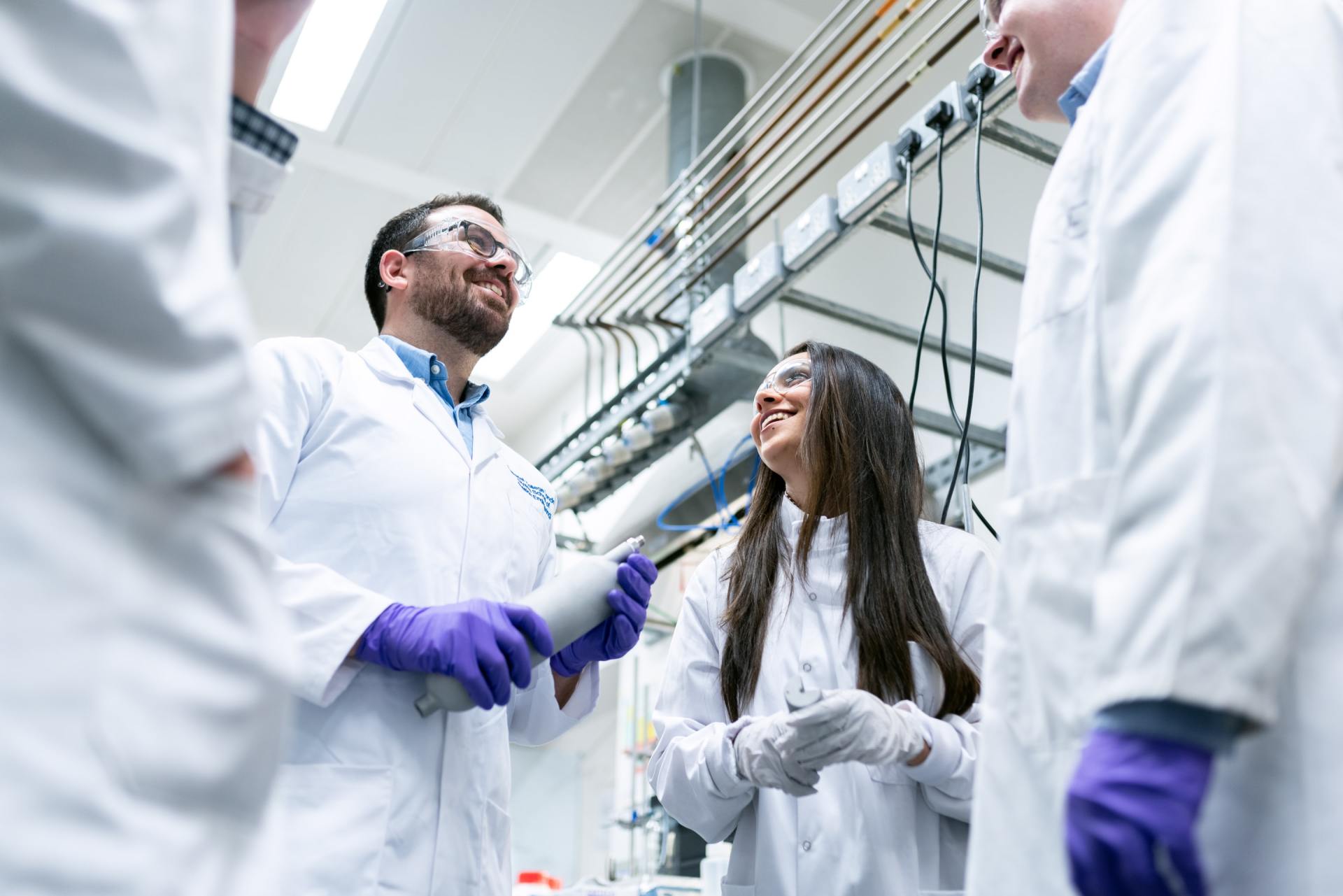
Slide title
Write your caption hereButton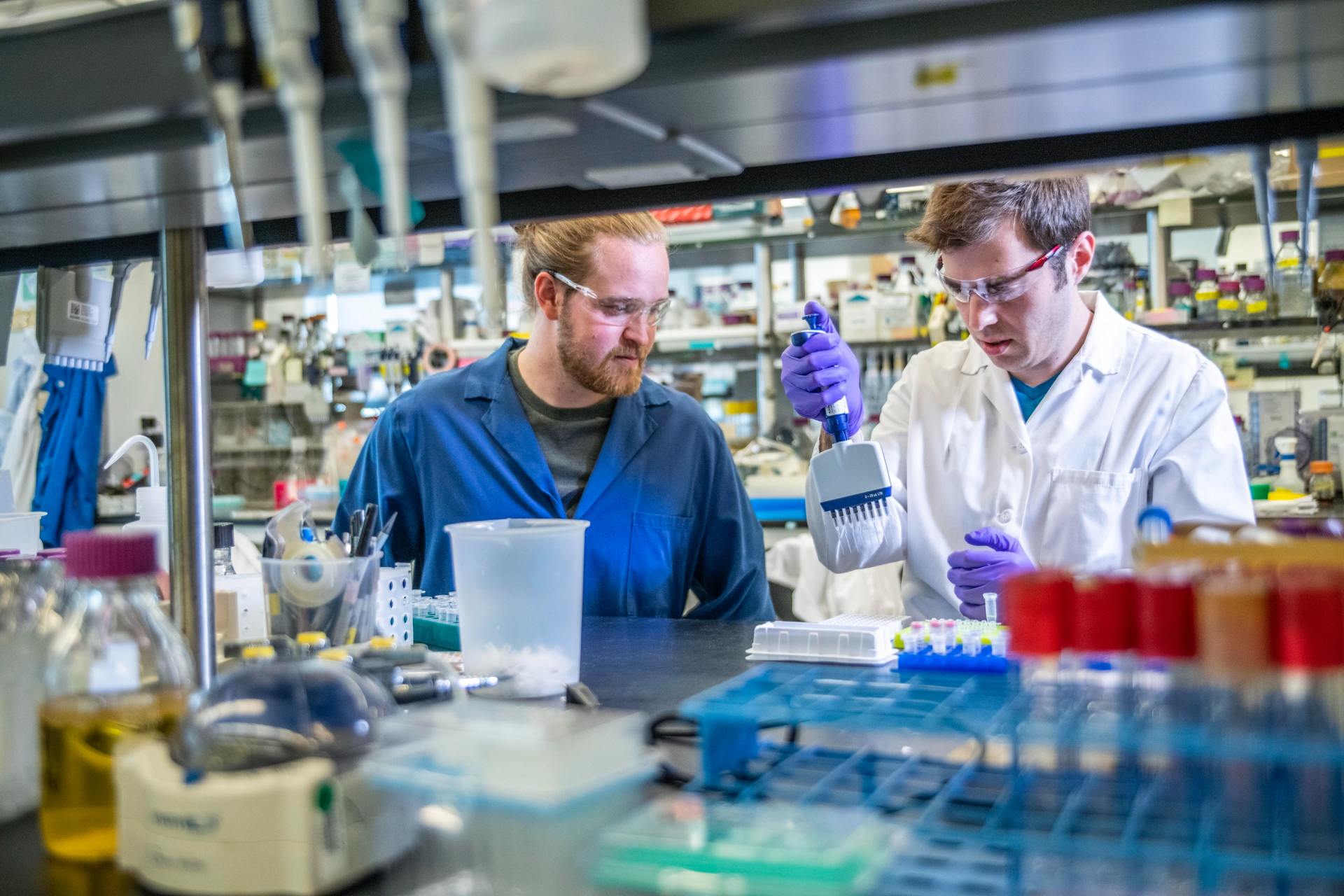
Slide title
Write your caption hereButton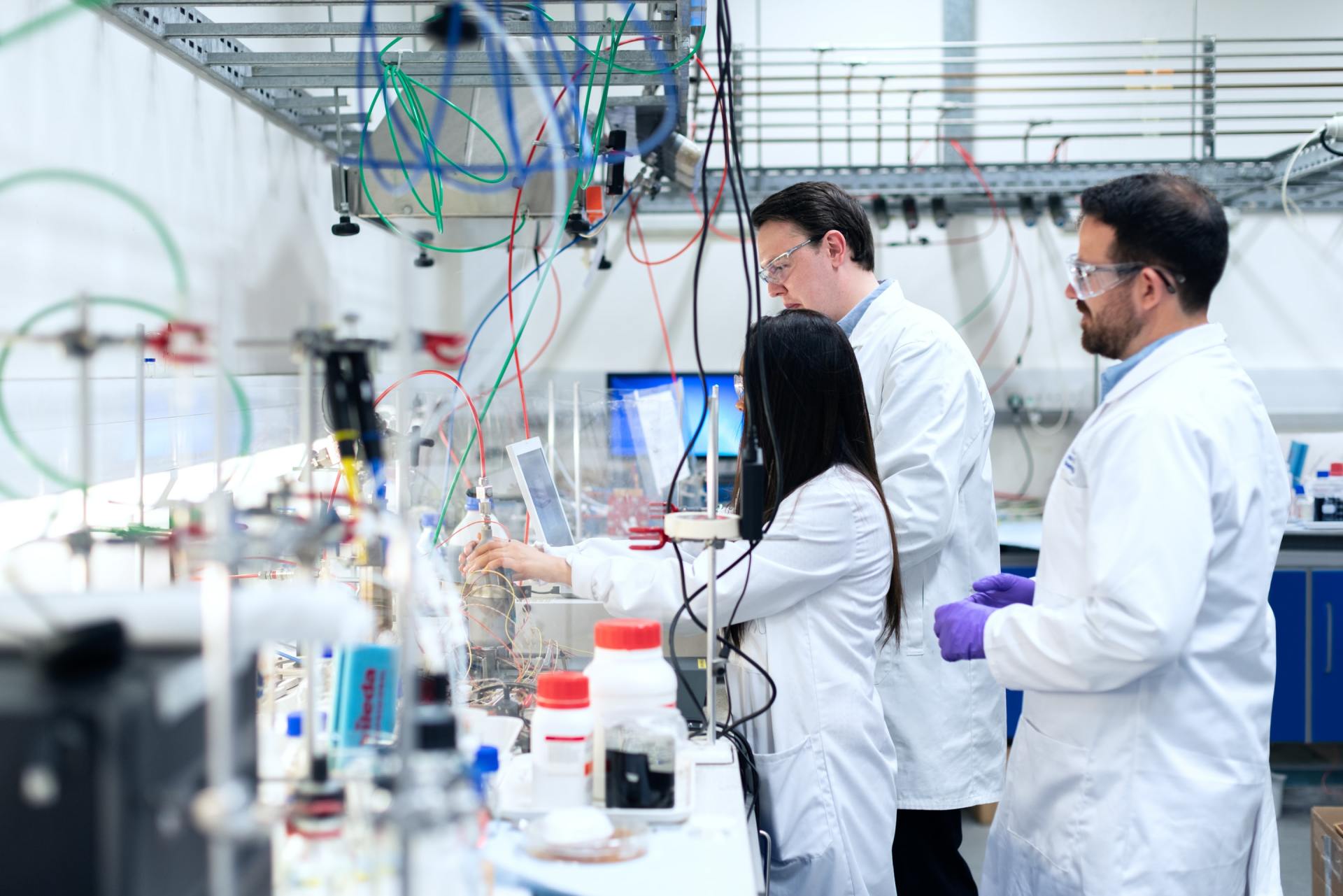
Slide title
Write your caption hereButton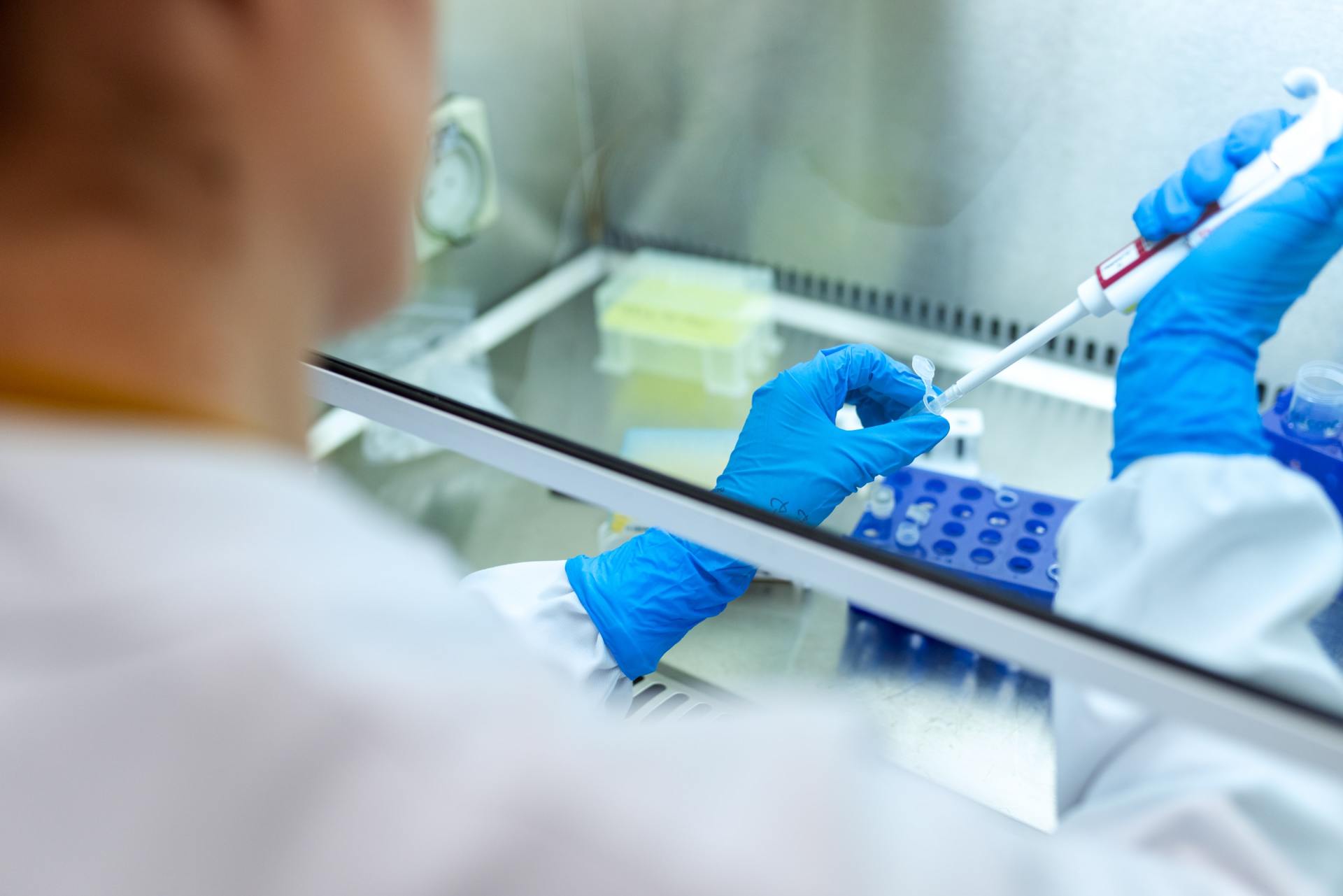
Slide title
Write your caption hereButton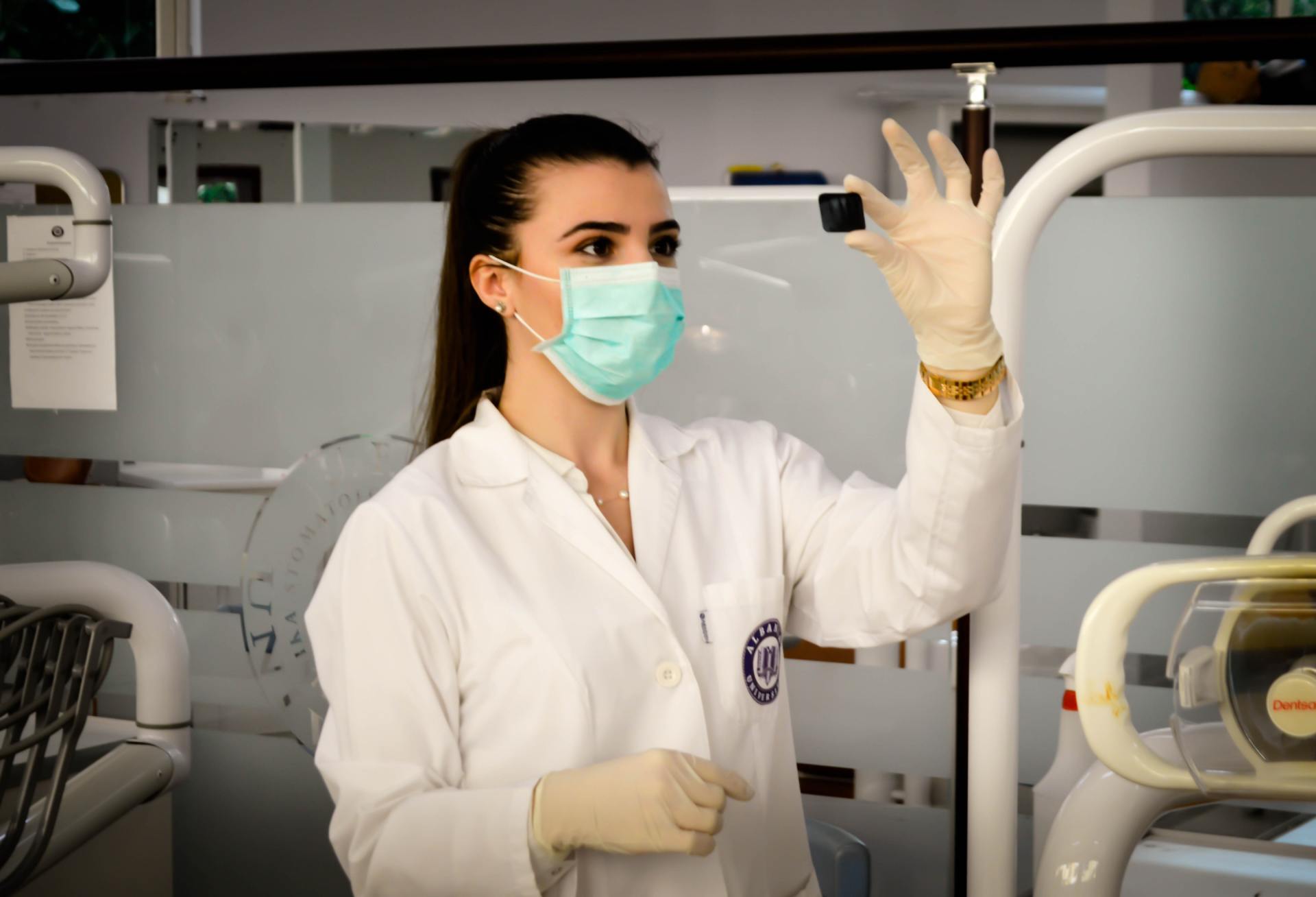
Slide title
Write your caption hereButton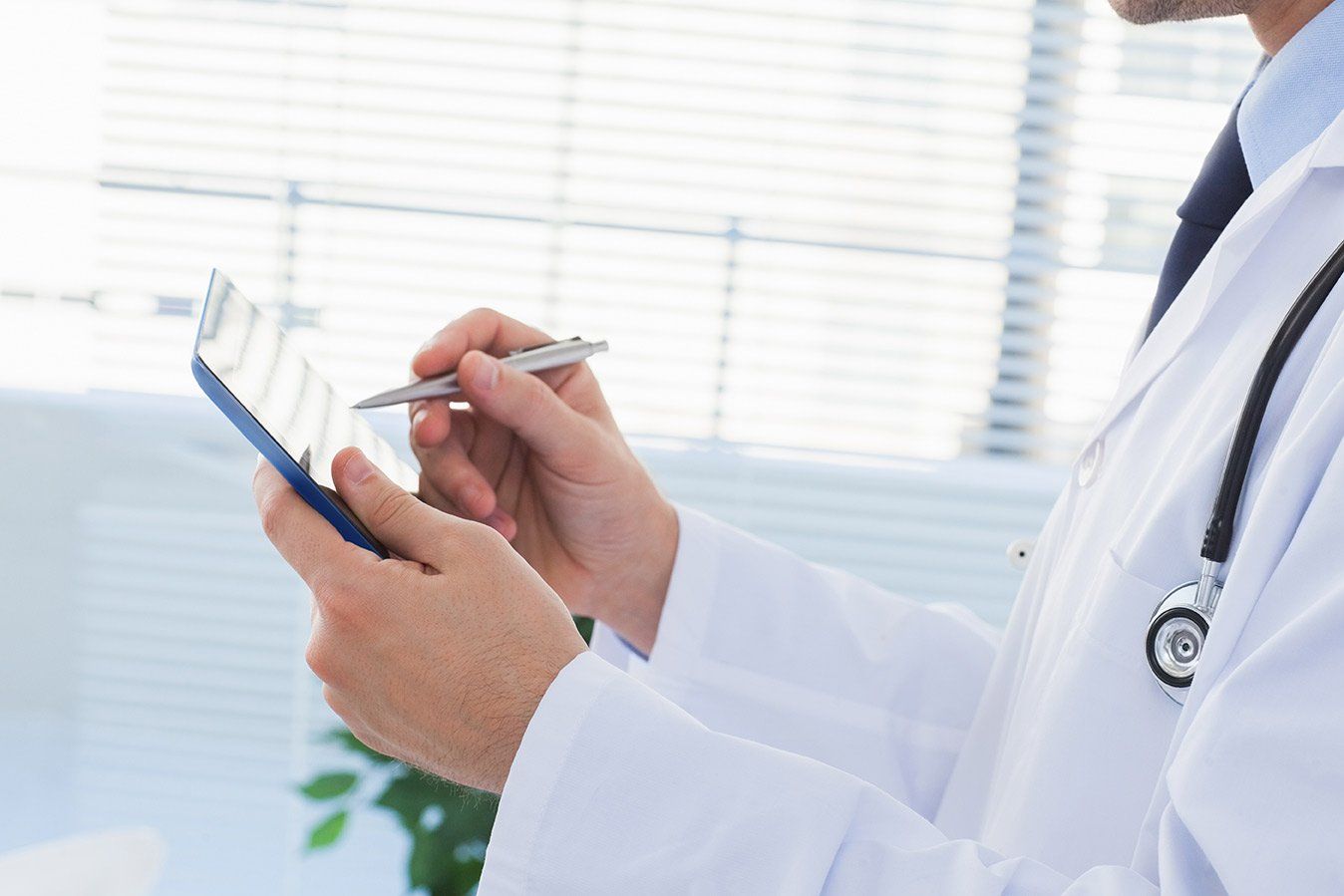
Slide title
Write your caption hereButton
Slide title
Write your caption hereButton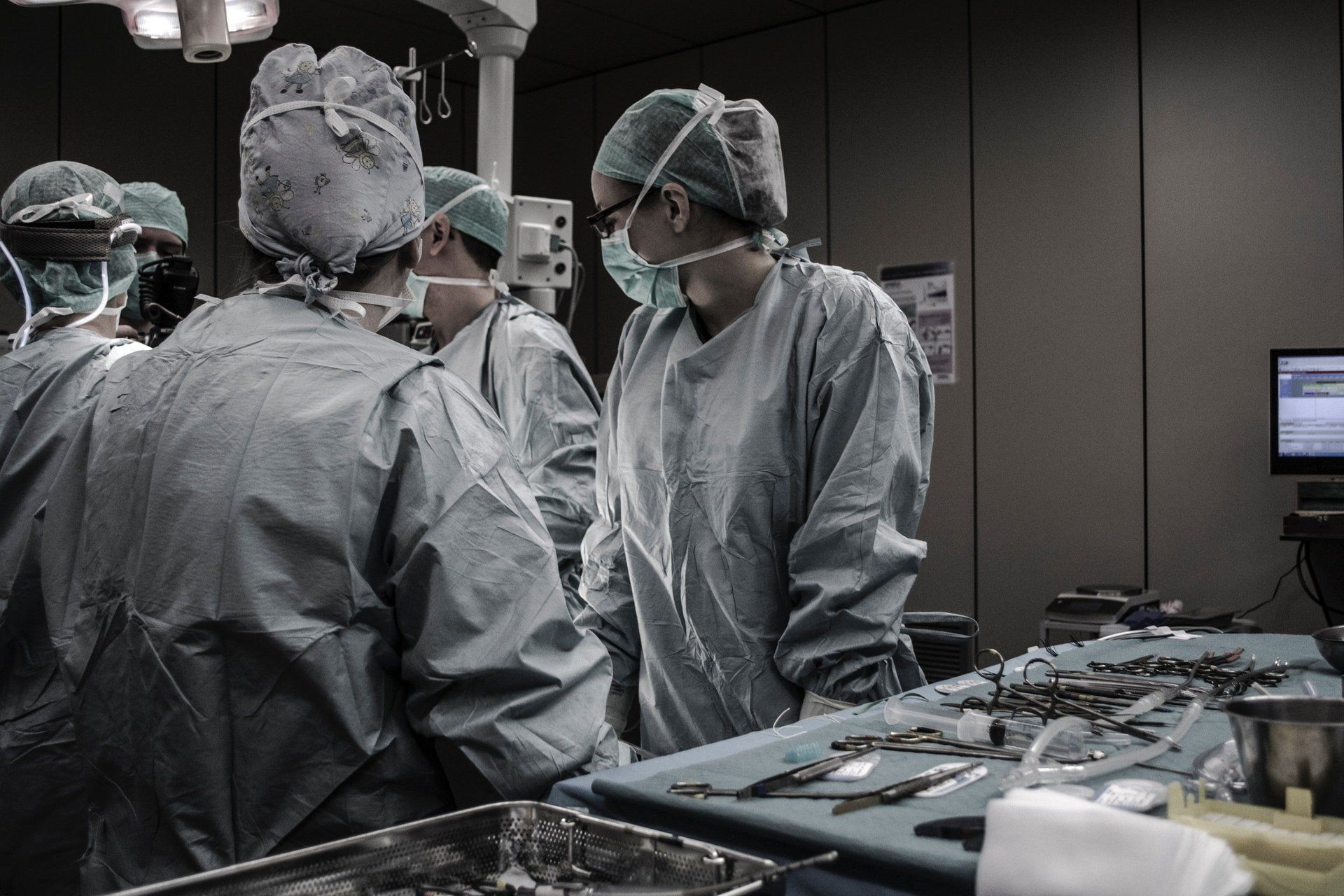
Slide title
Write your caption hereButton
Slide title
Write your caption hereButton
Slide title
Write your caption hereButton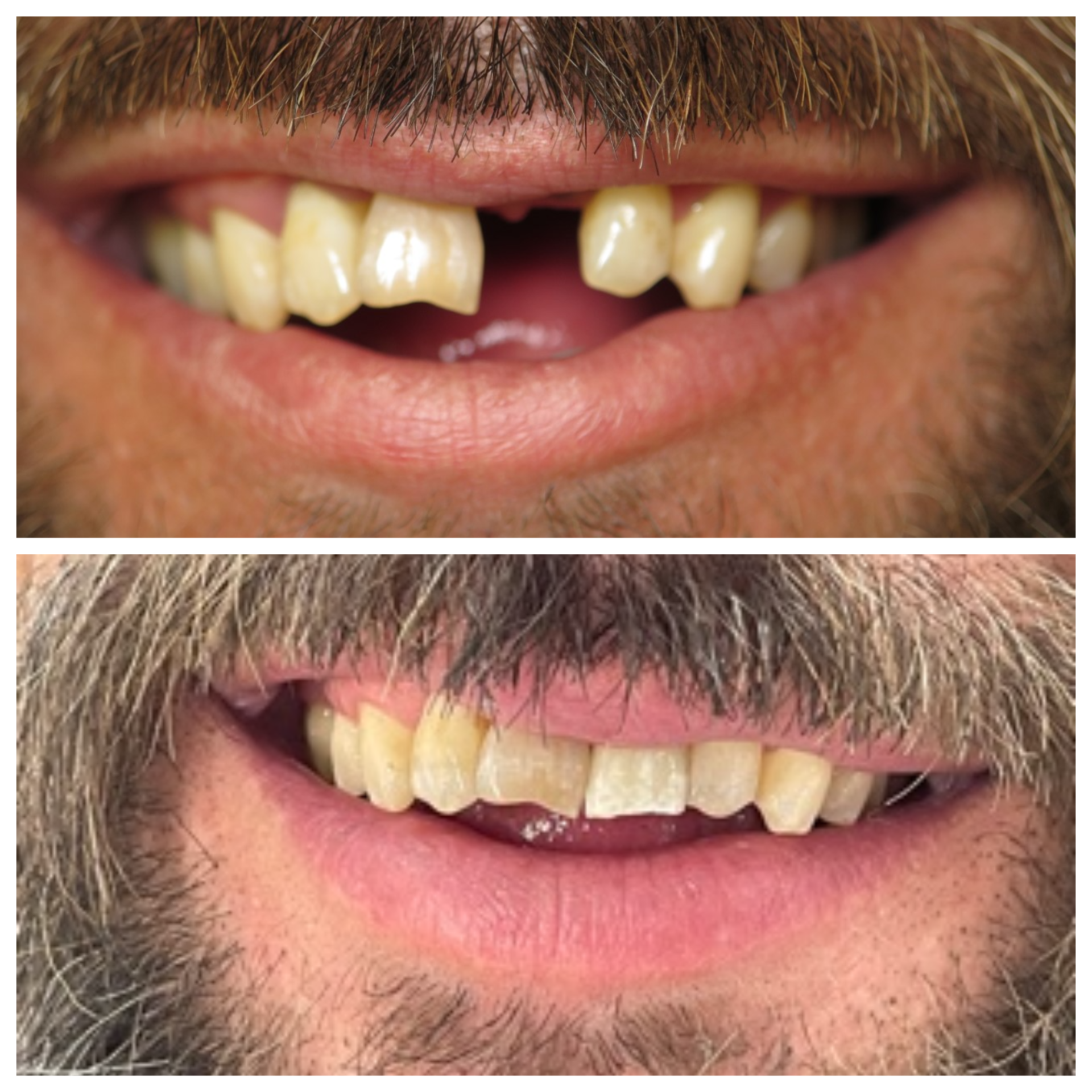
Slide title
Write your caption hereButton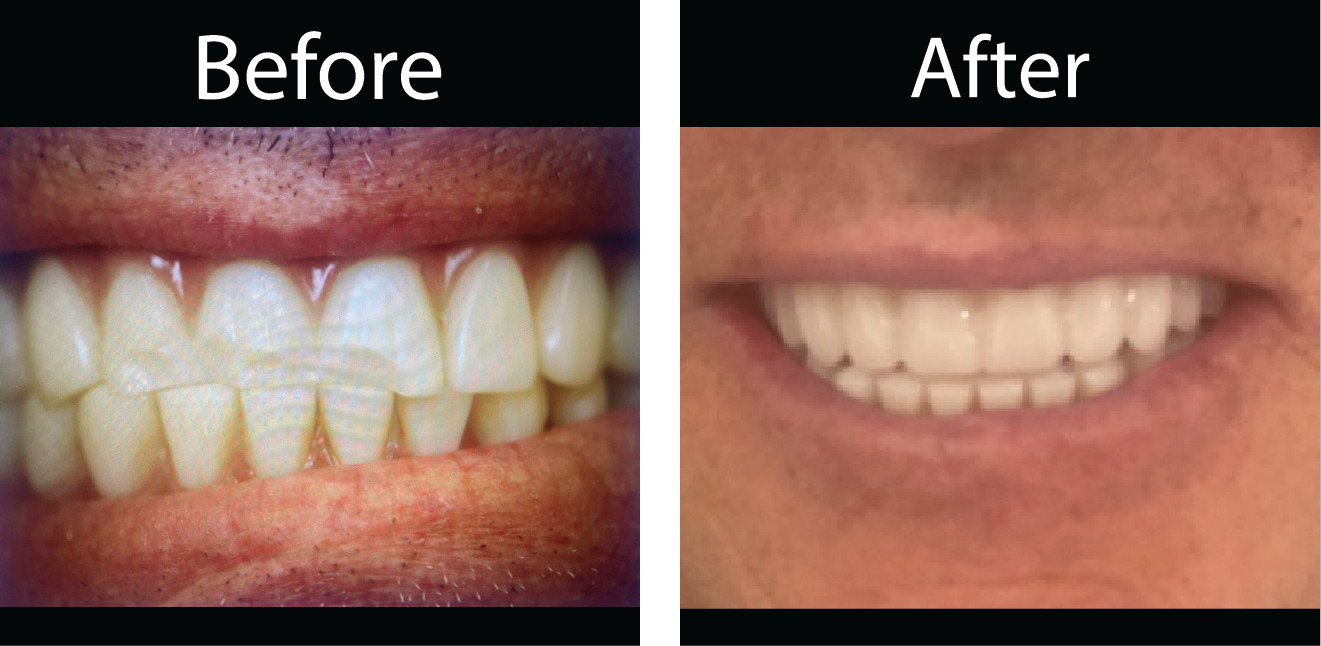
Slide title
Write your caption hereButton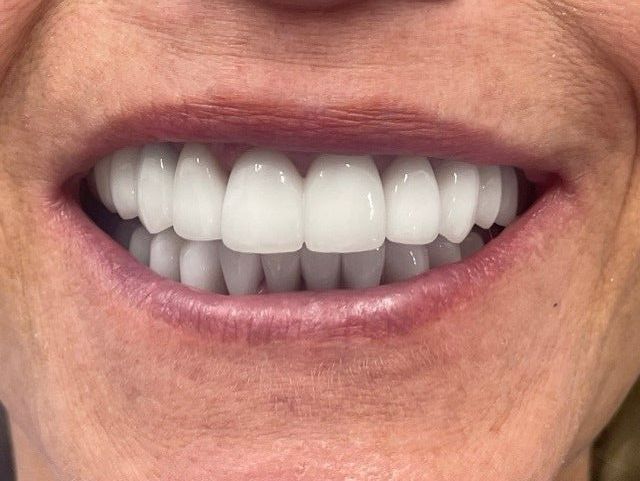
Slide title
Write your caption hereButton
Slide title
Write your caption hereButton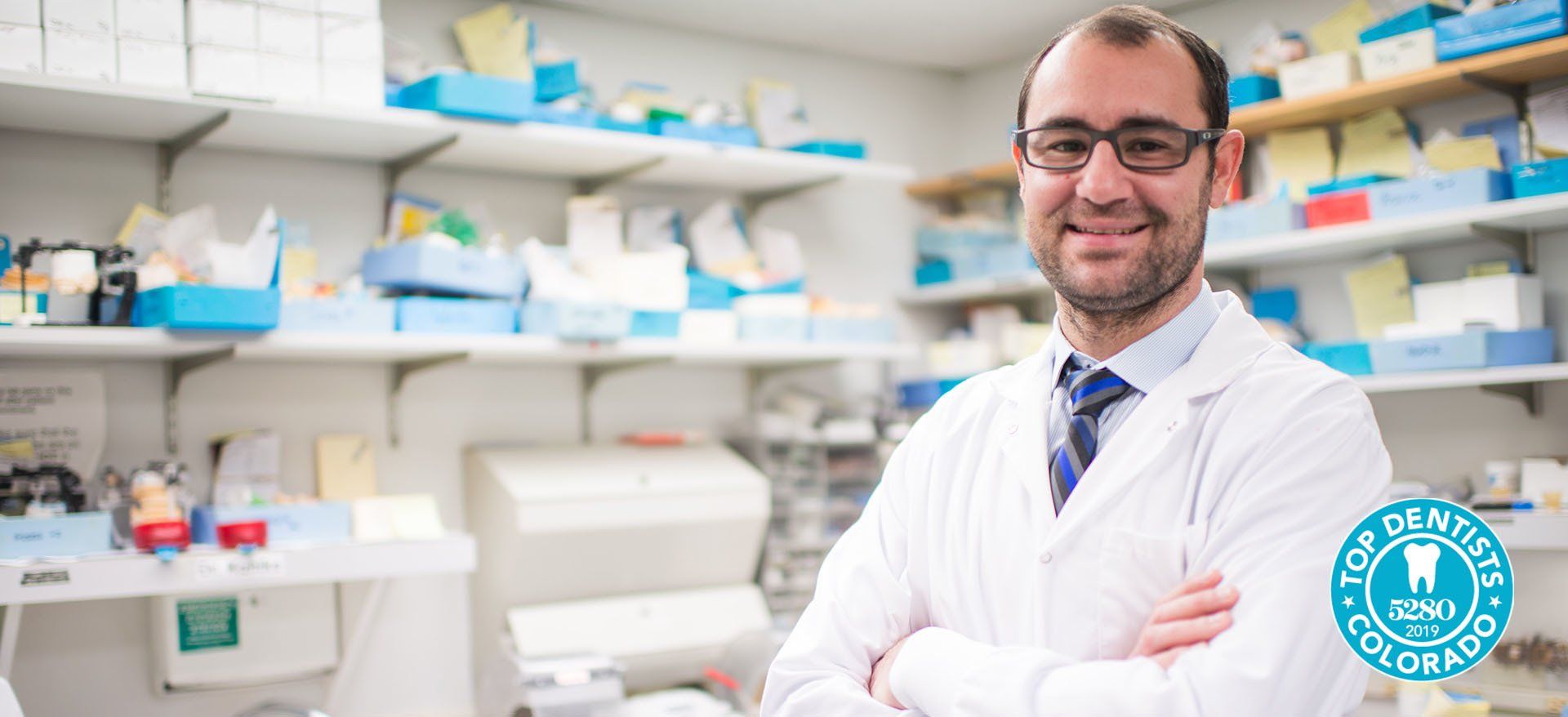
Slide title
Write your caption hereButton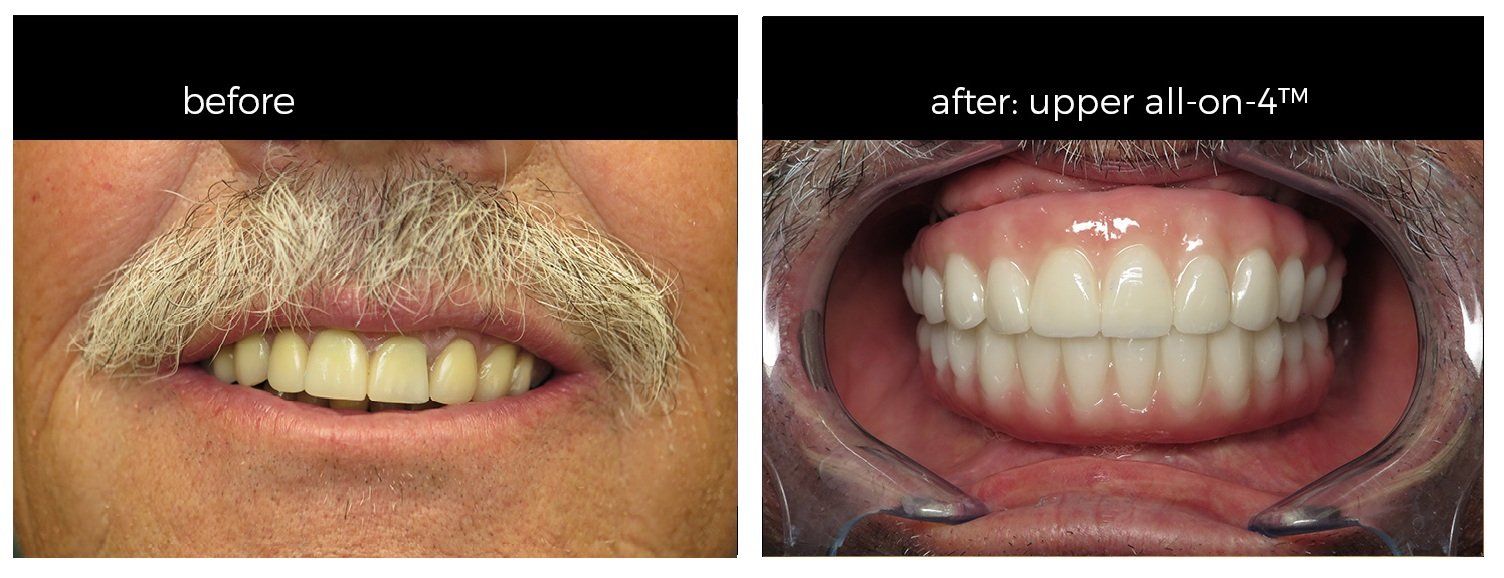
Slide title
Write your caption hereButton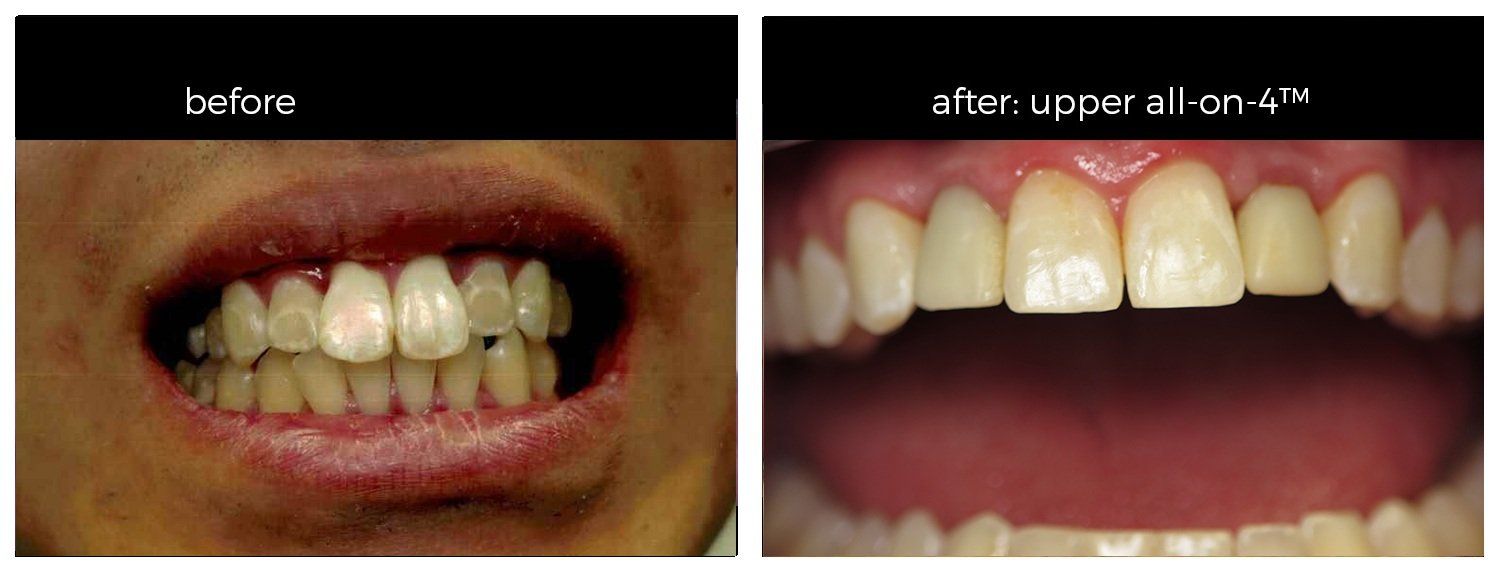
Slide title
Write your caption hereButton
Slide title
Write your caption hereButton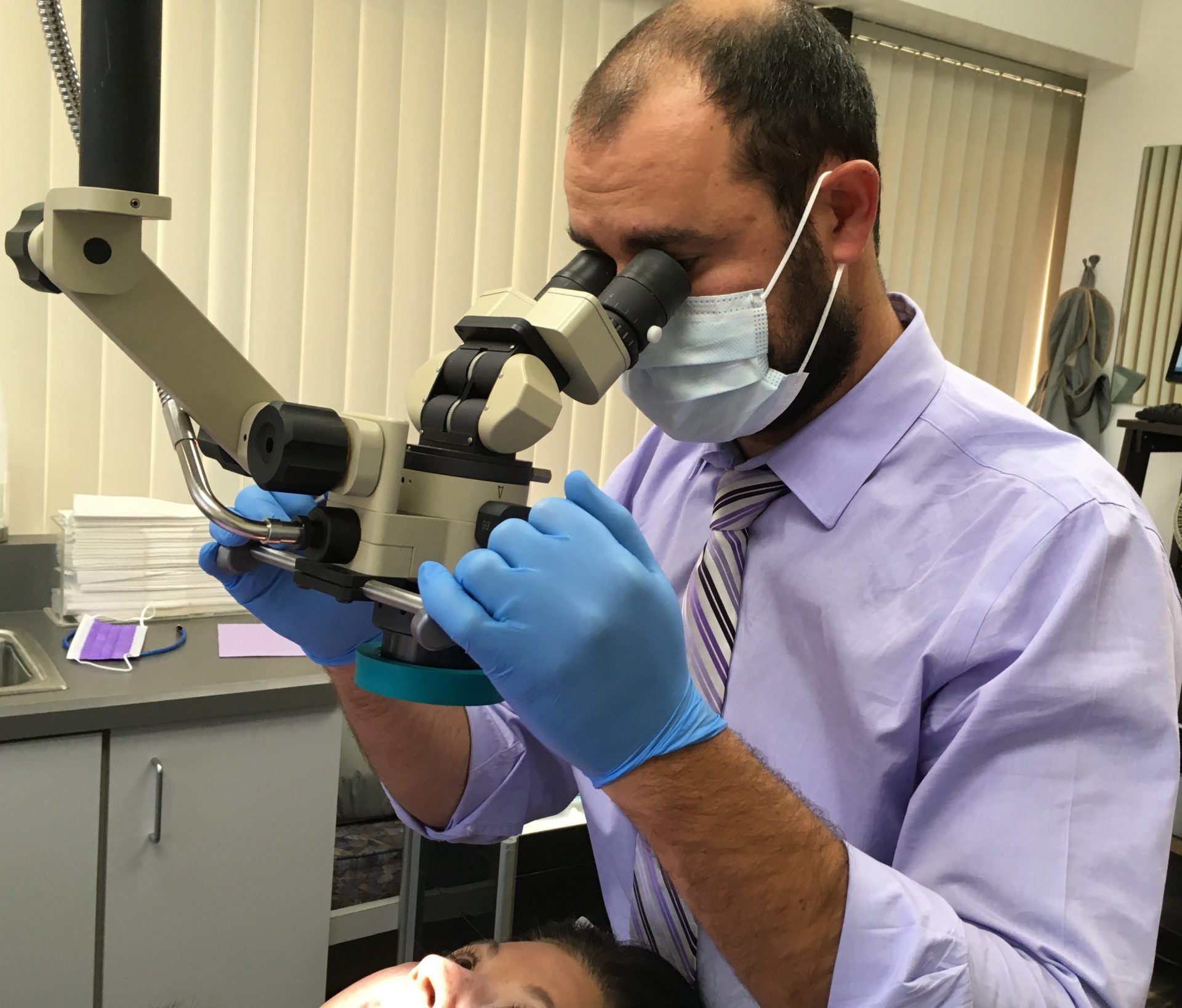
Slide title
Write your caption hereButton
DR. KONSTANTINOS HAROGIANNIS, DDS
What is the difference between a dentist and a cosmetic dentist?
Please feel free to call us to schedule visit with Dr. Harogiannis
303 - 789 - 2020Monday – Thursday: 7:30am to 5:00pm
Fridays: Appointments available upon request
Saturday - Sunday: Closed
3575 S Sherman St Suite #3 Englewood, CO 80113
Call us: 303-789-2020
Monday – Thursday: 7:30am to 5:00pm
Friday – Saturday: Appointments available upon request
Sunday: Closed
3575 S Sherman St Suite #3
Englewood, Colorado 80113
Call us: 303-789-2020
